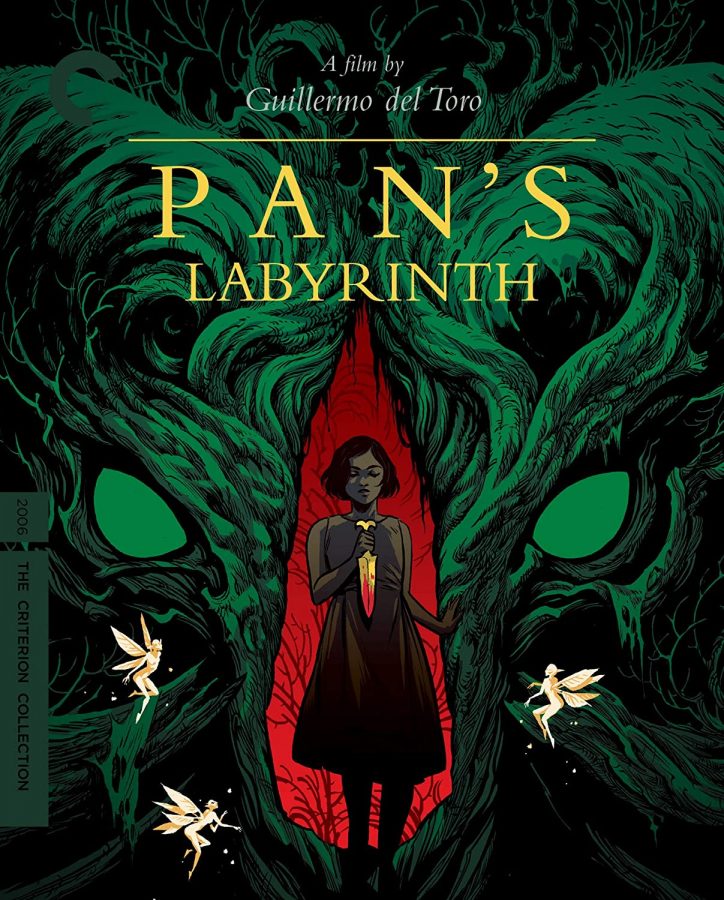Hispanic Heritage Month runs from Sept. 15 through Oct. 15 and honors Hispanic culture and history, as well as Hispanic individuals and their contributions. One landmark of Hispanic films is Guillermo del Toro’s “Pan’s Labyrinth” (2006).
Featuring a fully Latinx cast and crew, the film has much to declare in its nearly two-hour runtime. The film follows protagonist Ofelia as she navigates a mystical fantasy world full of beautiful wonders and gut-wrenching frights. The film uses both age-old and modern camera technique, advanced computer generated imagery technology and a star actress to launch itself into cult classic status.
The cinematography of this film is sure to captivate viewers. Each scene chooses the correct angles and camera distance to make for an immersive experience. The lighting in certain scenes has the ability to transport audiences into Pan’s world. In the film, the “real world” and “fantasy world” are distinct and separate from one another, but each visually captivating.
Given the technology of the time, the film’s CGI still holds up to this day. At first glance, many of the creatures and massive settings are so realistic that they really strike wonder — and sometimes fear — into the viewers’ minds. The practical special effects are top-notch as well, expected from such a high-budget film. One such character is the Pale Man, known for his paper white skin, dull complexion, red veiny palms and eyes dug into the palms of hands. It is a frightening image that has circulated the internet for years.
While stunning visuals can catch one’s attention, sometimes the plot of the film fails to maintain this attention. With an abundance of symbolic imagery, it is vital that the plot is engaging and interesting or one may miss the most important parts. There were some instances where I needed to rewind and listen to certain portions of the dialogue again, in the event that the scene would be relevant later down the line. Fortunately, this occurred very few times, leaving most of the film enjoyable to watch.
Ivana Baquero plays the protagonist Ofelia, who seems to overshadow her older counterparts. Baquero’s character is mature and playful despite the fact that she is 11 years old in the film, helping her earn sympathy and support from the audience.
Although I was aware of the R rating of the movie, the extreme and sudden tonal change and carnage displayed made me unsettled; I missed the fantastical land in the forest. If you are squeamish, please keep in mind that many different degrees of blood and violence are shown throughout the film’s duration. In my interpretation, the film seeks to explore the trauma from the World War II era through a child’s eyes.
Overall, the movie is a fantastic watch and will leave viewers hungry for their next viewing to fully appreciate its artistry. I want to use this ending statement, however, to emphasize that Latinx films and art should be supported not just during National Hispanic Heritage Month, but past October 15 as well. Supporting Latinx voices in film and the arts year-round is crucial.
Sierra Thornton can be reached at [email protected].



















